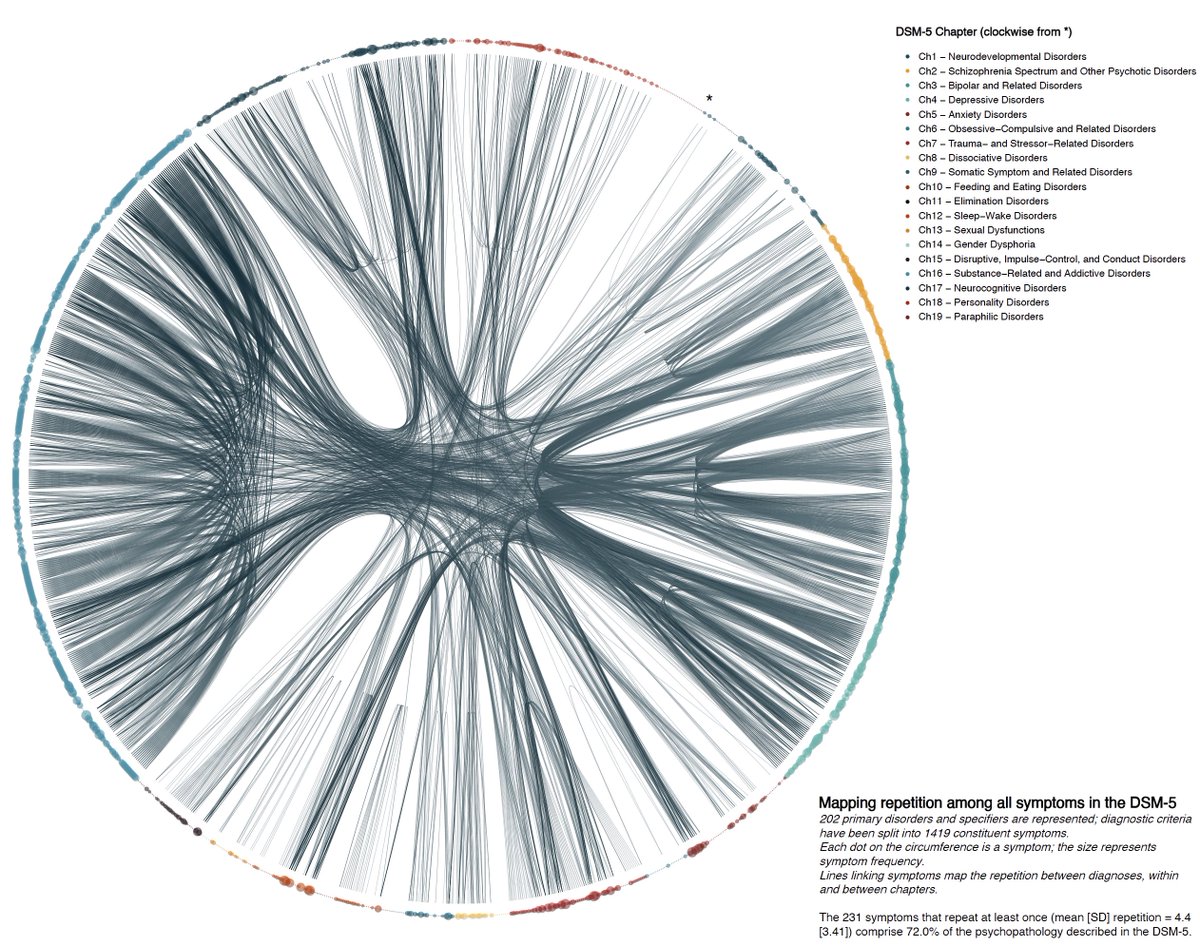
Manon Job
@manon_job_
Multi-level dynamics (from neuro/bio to niche construction) in cognitive developmt & mental health.
Computational psychiatry, Active Inference, Enactivism.
ID: 1434923641855217664
06-09-2021 16:57:38
86 Tweet
149 Takipçi
560 Takip Edilen

🚨Preprint alert🚨 Formalizing resilience with active inference. A 🧵 on our new paper, “Resilience and active inference” by Mark Miller, Riddhi J. Pitliya, q(Alex Kiefer | everything else), Jonas Mago, Claire Gorman, Karl Friston and Maxwell Ramstead. psyarxiv.com/vehq2 1/6

New preprint is up! arxiv.org/abs/2211.08522 Léo PioLopez, @JojoBischof, Jennifer V. LaPalme "The scaling of goals via homeostasis: an evolutionary simulation, experiment, and analysis" #Alife #BasalCognition #VirtualEmbryogeny I've been floating a theory of how homeostatic




Our paper is now out in Trends in Cognitive Sciences 📜🎉 'Formalising social representation to explain psychiatric symptoms' sciencedirect.com/science/articl… from me, Peter Dayan, and Vaughan Bell

𝗥𝗲𝘄𝗮𝗿𝗱 𝗶𝘀 𝗻𝗼𝘁 𝗡𝗲𝗰𝗲𝘀𝘀𝗮𝗿𝘆: How to Create a Compositional Self-Preserving Agent for Life-Long Learning Absolutely tantalizing by Tom Ringstrom 🦡 arxiv.org/abs/2211.10851




What great prospects by Denny Borsboom! An interesting conjunction with our article just accepted (coming soon!) after 2 years of work, to make this idea concrete: we propose the (first) model of a psychiatric disorder based on dynamic systems (like in meteorology 🌥️) ⬇️





I don't think Reward Is Enough, and I explained why and what to do about it to the lovely Active Inference Institute institute, check it out! Many people started following me bc of a paper I put out called Reward is Not Necessary, this is a partial summary of it. youtube.com/watch?v=Fh1e4s…




Freshly out: "A Novel Model for Novelty: Modeling the Emergence of Innovation from Cumulative Culture" link.springer.com/chapter/10.100… — Kudos to Natalie Kastel for her first work with the Precision Psychiatry & Social Physiology lab.! —She will soon start a PhD with us, exploring Social #NeuroAI in Multiagent Systems 🚀






